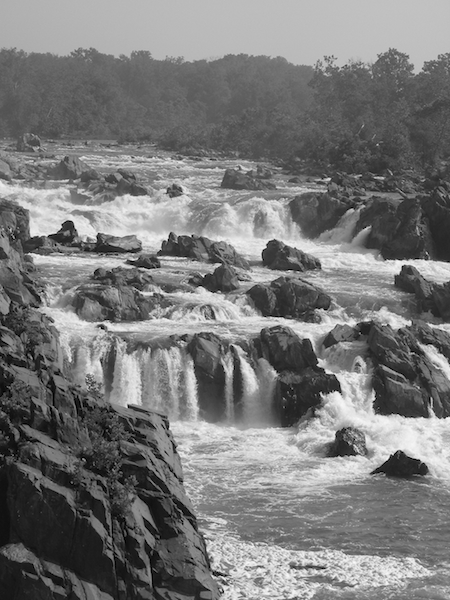Not Your Grandmother's Water Company:
How Advances in Information and Communication Technologies Are Improving Water Management in an Age of Tightening Supply
5:30 – 8:00 PM, Tuesday, September 24, 2013
Wireless metering, automated leak detection, mobile technology, instant alerts to customers, infrastructure inventory.... A variety of advances in information and communications technologies are transforming the way that water and water infrastructure are being managed. With featured panelists affiliated with the Water Innovations Alliance (www.waterinnovations.org), join us for a discussion of new technologies, their promise for better water management, and the challenges of bringing newly developed tools online.
Native American Water Rights Settlements: Looking Back and Moving Forward
5:30 – 8:00 PM, Thursday, November 21, 2013
Spend an evening with experts and your AWRA colleagues to learn about Native American water rights settlements in the United States. We will be looking at settlements from the past 20 years, both assessing their status today and discussing lessons learned. We will also be focusing on policies and changes in new and recent settlements. The panel will open with a brief background on Indian water rights settlements to orient those unfamiliar with the topic. Ample time will be allowed for audience Q&A and discussion.
DC Water Biosolids Management Program
This meeting has been postponed due to weather.
New time: 6:00 – 8:30 PM, Tuesday, January 28, 2014
6:00 – 8:30 PM, Tuesday, January 21, 2014

DC Water is doing its part to help protect the Chesapeake Bay through a new Biosolids Management Program (BMP) currently underway at the Blue Plains Advanced Wastewater Treatment Plant. The Blue Plains plant is the largest of its kind in the world, serving over two million residents of Washington DC, Maryland, and Virginia. The BMP will reduce the quantity and improve the quality of the biosolids produced by Blue Plains and will also generate enough biogas to provide one-third of the total energy used at the plant. These improvements will help DC Water lower operating costs, improve energy efficiency, and reduce its carbon footprint.
This is a joint event with the American Society of Civil Engineers' National Capital Section
Water Resources Symposium 2014

Water Resources and Water Infrastructures: Emerging Problems and Solutions
8:30 AM – 4:30 PM, Friday, April 4, 2014
This one-day symposium at the University of the District of Columbia will bring together experts from governmental agencies, academia, the private sector, and non-profits to present and discuss challenges and opportunities for sustainable management of water resources and infrastructure in the region, as well as nationally, and internationally.
The symposium program will include a keynote address, invited panelists, breakout sessions, and poster displays. Click here for the full program.
A Geologic and Natural History Tour of the Potomac Gorge below Great Falls

Saturday, June 7, 10 AM – 2 PM
WARNING: June crowds may cause delays - we recommend you arrive at park entrance by 9:15 AM to ensure that you have time to pay entrance fee, park, and walk to Visitors Center to join group
Meet outside of Great Falls Park Visitors Center at 9:45 AM
(In case of rain, check this webpage for alternative plans)
The Potomac River Gorge extends 15 miles from Great Falls to Roosevelt Island and crosses the transition region between the Piedmont Plateau and the Atlantic Coastal Plain. The Gorge is one of the longest and steepest fall zones on the Atlantic coast and is considered to be one the most significant natural areas in the Eastern United States. New age data for Potomac River bedrock has helped illuminate the nature of the geologic and flood-related processes that formed the Gorge, indicating that rates of bedrock gorge cutting can be very rapid.
Join us for a guided hike along the Virginia side of the Potomac Gorge below Great Falls to enjoy the breathtaking scenery and to learn about the geomorphic processes that formed the Gorge and the response of this landscape to climatic and sea level change. In addition, commentary will be provided on the cultural and natural history of the Gorge, which is home to rare invertebrates, the bald eagle, fish like the American shad, and over 200 rare plant species.







